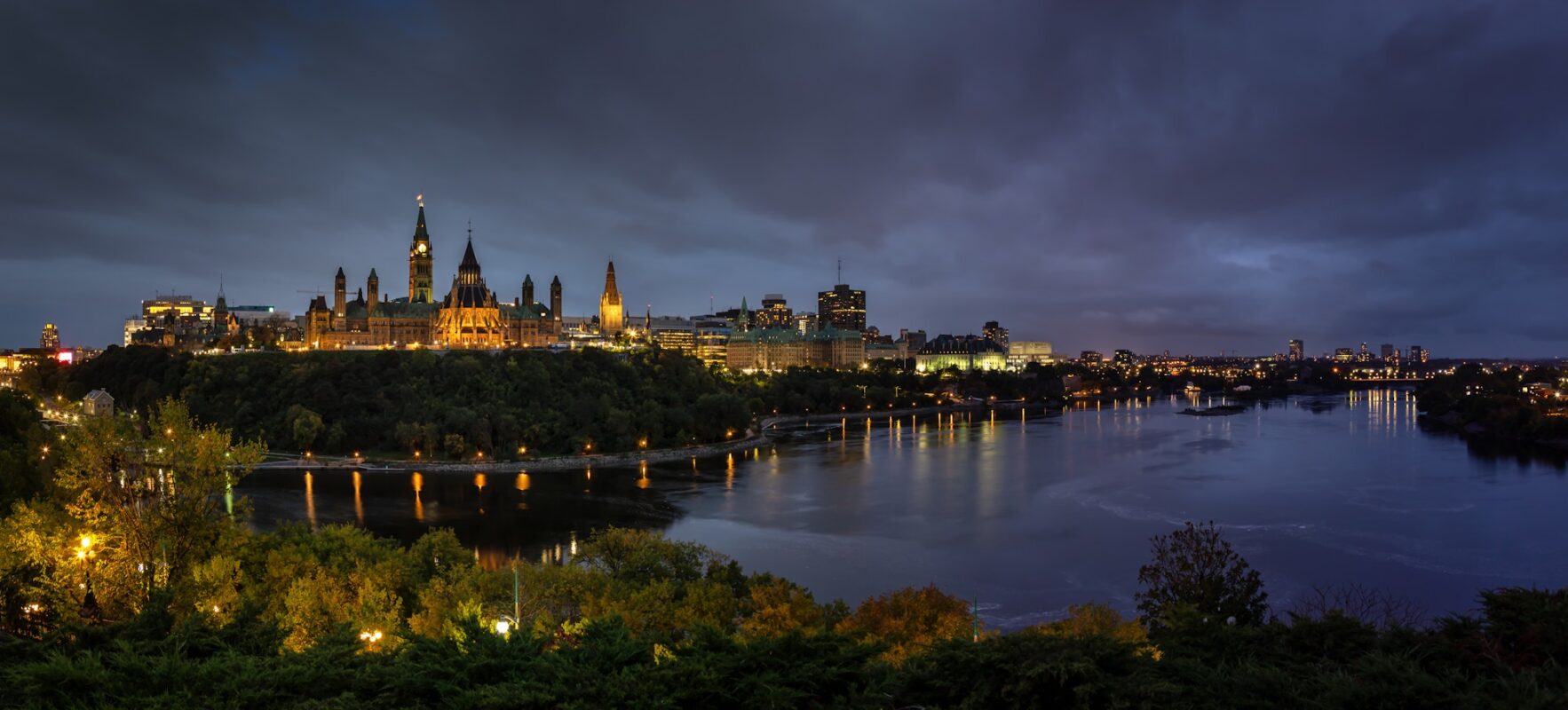
23 May 2014
There were two items on the agenda of the public portion of the meeting of the City of Ottawa’s Environment Committee of May 20. Find the Agenda, some of the supporting documents and (maybe) a video of the meeting here. (There were two further items on an in camera portion: On the use of delegation of authority, and on Operating and Maintenance Costs of Ottawa River Flood Control at Britannia Village. Staff memoranda on these items are on the web site. It is not clear why they had to be discussed in camera.)
Chair Maria McRae opened the meeting by making this astonishing statement: “This Council has done more than any previous Council to protect the natural environment.” This was followed by an 8-minute speech. Throughout the meeting, the chair often intervened; e.g., when a Councillor asked a question of staff, she would either reply first or supplement staff’s reply.
Agenda item 1 was an Environmental Strategy Status Report. Dixon Weir, General Manager, Environmental Services, had submitted a report and used a Powerpoint presentation which contained information that in several respects diverted from his report.
Remarkably, among the long list of initiatives in support of Council’s priorities were the three “Choosing our Future” reports of 2012 — without identifying that project as such!
The report and the associated Document 1 are replete with hotlinks to all the initiatives and reports listed.
Tacked on to this item (not documented) was an announcement that lighting in the common areas of Ottawa’s public housing would be converted to LEDs. The only public delegation for this item was the new CEO of Ottawa Community Housing who spoke for one minute to announce the LED investment; however, he had already been scooped by Mr. Weir.
Agenda item 2 was an Update of the Air Quality and Climate Change Management Plan. A total of 164 pages of documentation had been made available prior to this meeting; Ecology Ottawa was kind enough to collate them (4.9 MB) and to provide a 2-page summary. Two municipal election candidates, Martin Canning [article no longer online] (Somerset) and Jeff Leiper [article no longer online] (Kitchissippi) issued statements.
Regarding land use, the report noted that, between 2005 and 2011, approximately 1,325 net hectares of land in the urban settlement areas was consumed for residential, commercial and institutional land uses. For the future, the report suggested that, between 2012 and 2024, there should be no net loss of natural carbon storage areas (forests/wetlands).
The “corporate” Action Plan — a long list — included just five items that are recommended for inclusion in the 2015 Budget. The “community” Action Plan consisted of four items which staff promises to undertake this year:
1. Establish a Working Group to examine opportunities and constraints to building-use conversions in the downtown;
2. Explore the development of a local GHG Inventory process that assesses ways to potentially tailor the methodology to better reflect local Ottawa community conditions;
3. Establish a Task Force to investigate opportunities for district heating in the downtown; and
4. Undertake an Energy Mapping analysis (similar to what Guelph has) to inform future program options.
The Committee proceeded first with 40 minutes of questions to staff. After a brief recess, the Committee heard from public delegations. There were 19 registered speakers, though two did not speak; here is the list. They included Mitchell Beer (President of Smarter Shift), David Rhynas (350.org), Prof. Scott Findlay (Ottawa U, Biology), Jonathan Connor (Federation of Canadian Municipalities), Dr. John Stone (Carleton U, IPCC), a Ms. Pippa Beck and Dr. Curtis Lavoie (CHEO); the latter had an op-ed in the Citizen the following day as well.
The general tenet of the submissions was: By all means support this plan, but a much bolder plan is needed, now. Prof. Findlay pointed out that the documents contain no actual data about GHG emission reductions in Ottawa; instead, the effect of the closing of Ontario’s coal plants was simply proportionally allocated to Ottawa. He and others also objected to the use of “intensity targets” (in this case, targets on a per capita basis), arguing that targets need to be set in absolute terms.
Ecology Ottawa has provided a nice summary of the proceedings. See also Michael Woods’ report in the Citizen.
All in all, while there is lots of information in the 11 appendices (*) to the report, this was pretty much a stand-still “Plan” which admitted that the targets set in 2005 were badly missed. Its clear focus is on the next term of Council when new priorities will be set. Councillor Chernushenko asked what opportunities there would be for public input in this priority setting; Deputy City Manager Steve Kanellakos replied that reports would go to each of the Standing Committees.
All credit should go to Ecology Ottawa for having us gotten this far, through intensive pressure using social media — first a GHG Round Table in March, and now this update. This city has a long, long way to go.
Erwin Dreessen
(*) Appendix G – “Risk Mitigation through the Protection of Natural Areas” provides a neat summary of why protecting natural areas is important and how much is currently protected (27% in urban Ottawa and the NCC Greenbelt combined). It estimates that 35% of Ottawa’s land surface is agricultural land and 37% is natural areas. The report reminds us of the Official Plan’s targets of 30% forest cover in urban and rural areas combined, 4.0 ha of greenspace per 100,000 population in the urban area, and open space and leisure land within 400 m of every urban home.
